Do you all listen to classical music regularly?
The piano is not only for solo performances but also has many compositions for styles involving multiple performers, such as duets, two pianos, and concertos.
During my student days, I worked on many duets with my close friends. Compared to other instruments, opportunities for large ensembles with pianos are limited. But the joy of creating a piece with just two people remains vivid in my memory. The piano, with its wider range than any other instrument, has a sufficiently rich sound even when played solo. However, with just one or two pianos, you can experience the sensation of being enveloped in a vast sonic space.
This time, I'd like to introduce some recommended piano duets and two-piano pieces.
Camille Saint-Saëns: "The Aquarium" from Carnival of the Animals
This suite, composed by the French composer Saint-Saëns, consists of a total of 14 pieces. Each depicting various animals as the title suggests. Personally, I was amazed at how the sound of the piano alone conjures up images of different animals in my mind.
Especially the 7th piece, "The Aquarium," is particularly famous. It was used in the television drama "Nodame Cantabile" in 2006, during a scene where Chiaki falls under Nodame's hypnotic spell.
The delicate melody, played using the technique of broken chords (where chords are played one note at a time), evokes the image of fish swimming in water in an aquarium. It captures the scene of water illuminated by light, gently swaying from side to side at night. Through its mysterious sequence of chords, the piece envelops you in a soft, floating space, almost as if you are being drawn into the vortex of water.
Camille Saint-Saëns: "Finale" from Carnival of the Animals
The "Finale," which is performed at the end of the suite of 14 pieces, imagines a culmination where all the animals featured in the work come together, reaching a crescendo of excitement. The initial tremolo at the beginning is so dazzling that it grabs everyone's attention. The subsequent lively melody is irresistibly thrilling. A particularly captivating moment in the performance is when the Primo (the person playing on the right side of the piano) and the Secondo (the person playing on the left side of the piano) play exactly the same melody. From past experiences, due to the fast tempo and intricate notes, we practiced countless times to ensure our timing did not falter.
This is a wonderful piece that makes the listener in a sense of excitement, featuring a stable accompaniment from the second voice, reminiscent of a large animal walking with big strides, and intricate passages from the first voice that speed up with joy.
I hope you enjoy listening while eagerly anticipating when the highlighted sections, which I explained earlier, will appear in the video!
George Gershwin: Three Preludes
Gershwin was an American composer who lived during the period known as "Modern Times." His distinctive style incorporates elements of jazz and popular music, setting him apart from composers like Bach and Chopin. The lively rhythms, as if stepping and dancing, captivate listeners. Compared to works from the Romantic or Classical periods, Gershwin's compositions often feature more accentuated, stylish, and lively, improvisational elements rather than flowing, rich melodies, though this is not true for all his pieces.
Wolfgang Amadeus Mozart: Sonata for Two Pianos in D major, K. 448, 1st Movement
This piece is also famously featured in the TV drama "Nodame Cantabile".
Mozart is a representative composer of the Classical era. Particularly renowned for works like "Twinkle, Twinkle, Little Star" variations and the Turkish March! It exudes a bright and exhilarating atmosphere, reminiscent of innocent children joyfully playing. The interaction between Primo (first piano) and Secondo (second piano) is charming, like as a lively conversation♪ Personally, I enjoyed performing it with my friend, feeling as though we were conversing through music (^▽^)/ Whenever feeling down, it’s highly recommended to listen. This piece can lift your spirits, reflecting Mozart's cheerful personality.
Johannes Brahms: Waltz No. 15 from "Sixteen Waltzes"
This is my favorite piece among Brahms' compositions.
Brahms, a representative composer of the Romantic era in Germany, is known for creating powerful and weighty works like Hungarian Dances. However, Waltz No. 15 from the "Sixteen Waltzes" is remarkably delicate and beautiful in its melody, almost purifying the soul as you listen. Don’t you feel a sense of being surrounded by nature and bathing in a pleasant breeze?
The harmony is not overly complex but rather simple, yet this simplicity offers a comforting sense of reassurance. In the latter half of the piece, variations on the initial rhythm introduce changes, allowing you to appreciate the melody evolving even as it repeats. It's a wonderful composition where you can perceive subtle transformations amidst the repeated melody lines.
I've introduced five pieces so far, and you might have heard some of them somewhere! Even if you've heard them before, you may not have known the composer or the specific piece. I would be glad if this opportunity helps you discover more about these compositions and their composers.
At Sound House, we do not sell upright or grand pianos, but we do offer several toy pianos for children.
If you want your child to develop an interest in the piano, we encourage you to check out our products here!





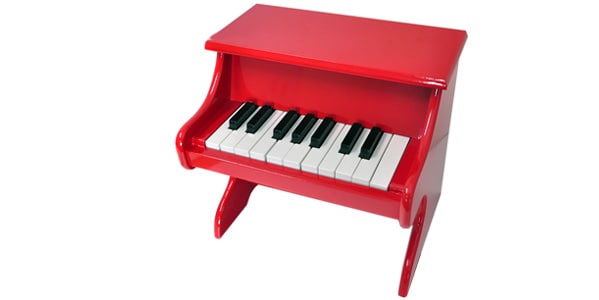
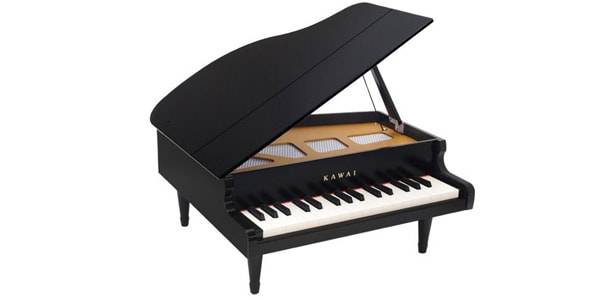





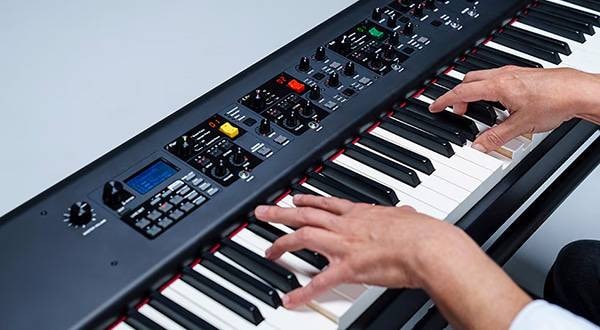

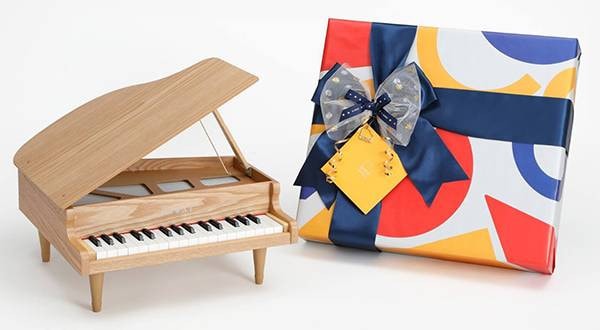
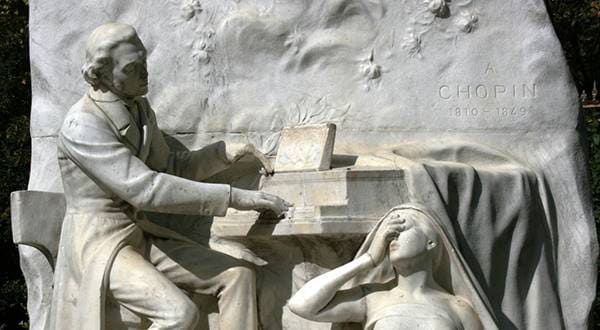
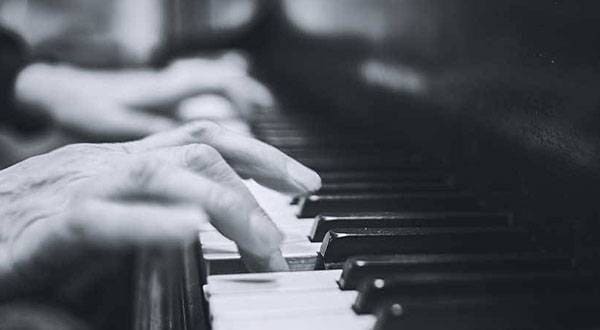
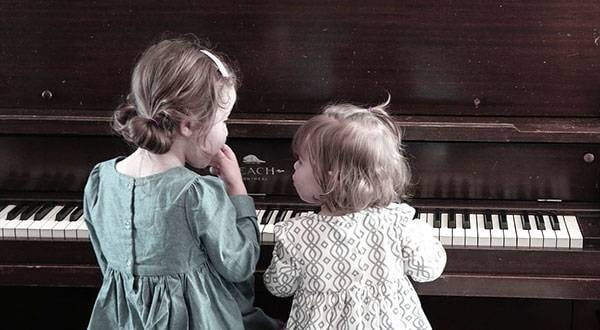
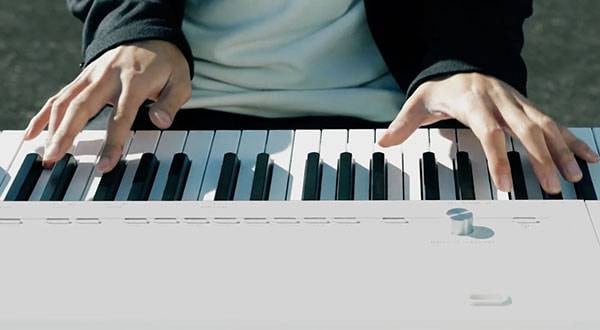
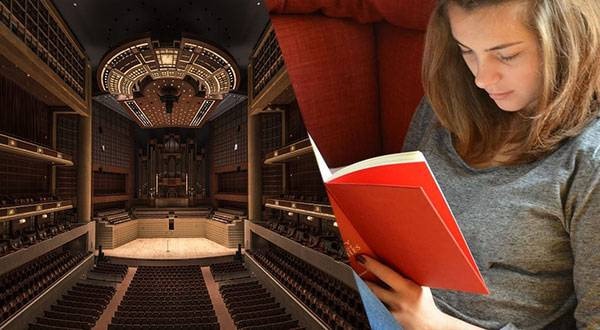
 おすすめの電子ピアノ
おすすめの電子ピアノ
 自分にあったピアノを選ぼう!役立つピアノ用語集
自分にあったピアノを選ぼう!役立つピアノ用語集
 まずは弾いてみよう!楽譜の読み方
まずは弾いてみよう!楽譜の読み方
 用途で選ぶ!鍵盤楽器の種類
用途で選ぶ!鍵盤楽器の種類
 ピアノ・キーボードの各部名称
ピアノ・キーボードの各部名称
 キーボード・ピアノ講座
キーボード・ピアノ講座















